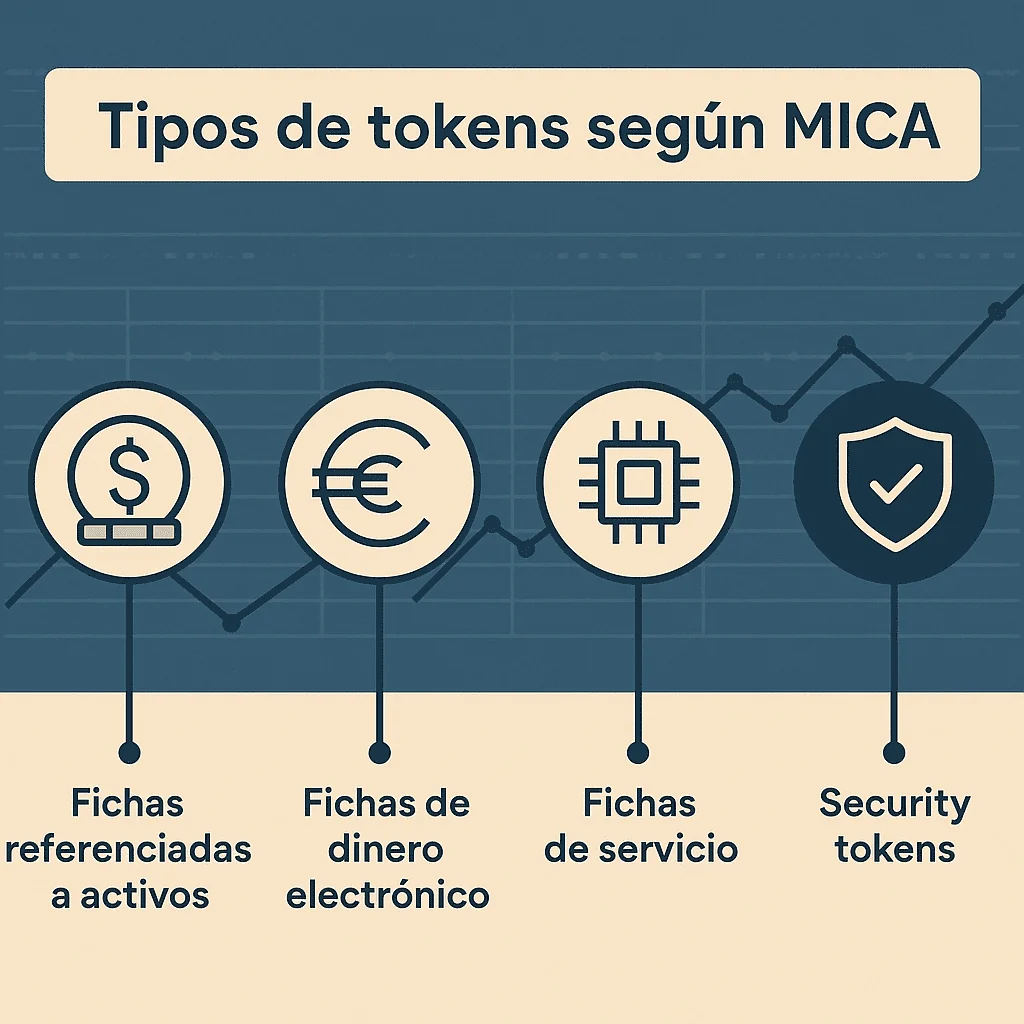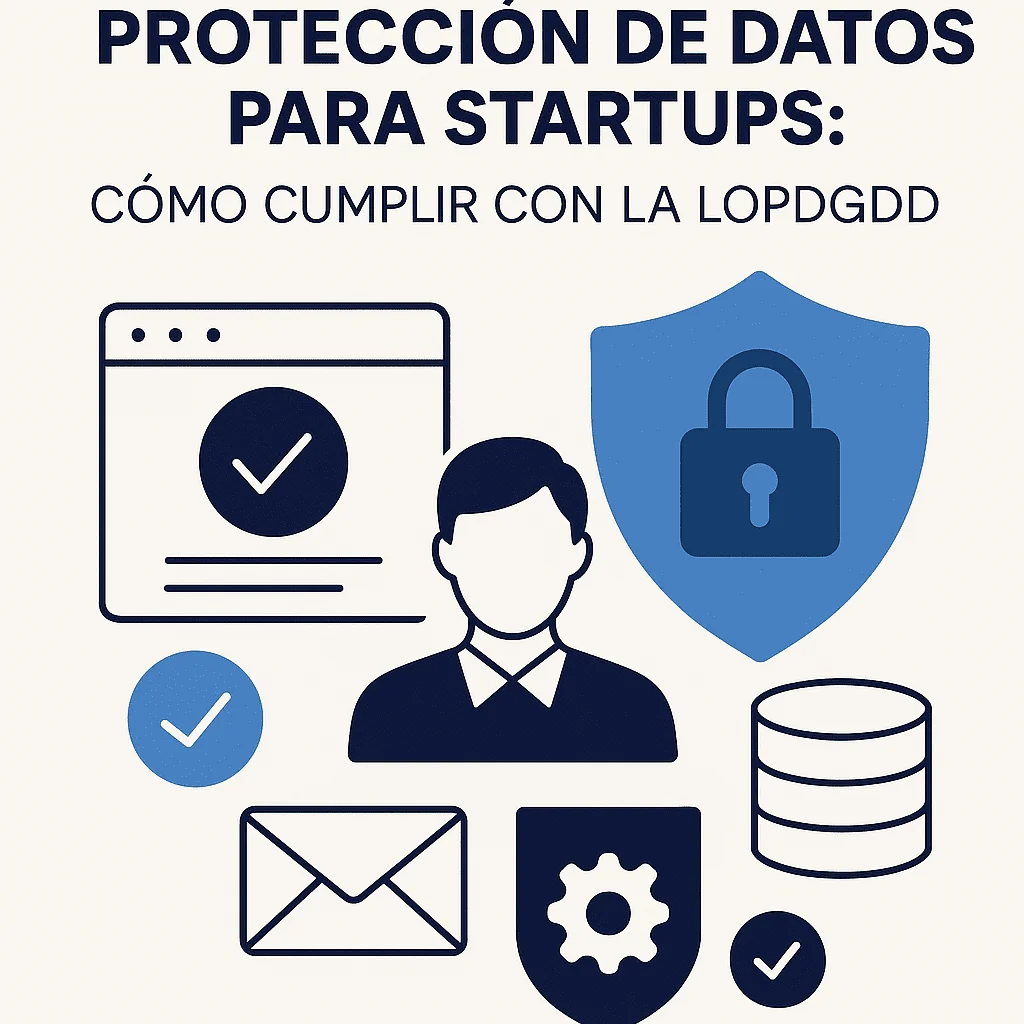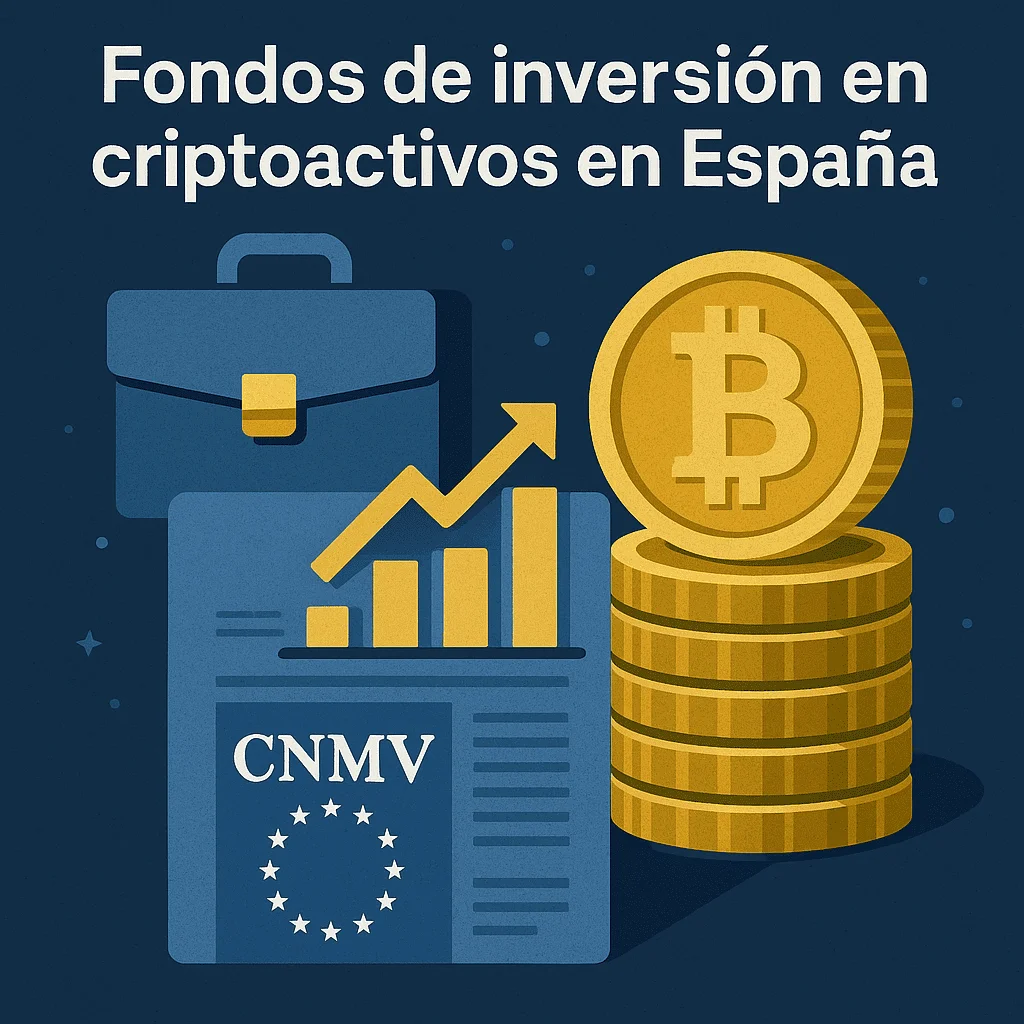One of the most relevant issues for any blockchain-based project is knowing what type of token is being issued and which legal regime applies to it. Since the entry into force of the MICA Regulation, this classification has direct consequences on legal obligations, permitted advertising, required documentation, and the need for authorization.
In this article, we analyze the main types of tokens under MICA, how they are legally defined, and what implications each has within the Spanish regulatory framework.
Why is it important to classify tokens correctly?
The legal nature of a token determines the applicable legal framework. Just as there are different regimes for movable and immovable property, the same happens with crypto-assets: a stablecoin, a utility token, and an NFT are not regulated in the same way.
Proper classification allows you to:
- Know whether the token is subject to prior authorization or only notification.
- Determine whether a whitepaper or prospectus must be published.
- Identify the applicable sanctioning regime.
What is a crypto-asset under MICA?
The MICA Regulation defines a crypto-asset as:
> “A digital representation of value or rights which may be transferred and stored electronically, using distributed ledger technology or similar technology.”
This general definition covers any digital token, although MICA establishes specific categories with differentiated regimes. It also includes express exclusions (such as certain mining cases) and limitations (such as the non-inclusion of DeFi or generic NFTs).
Official classification: types of tokens under MICA
MICA distinguishes three major categories of regulated tokens and considers a fourth (security tokens), which fall outside its scope.
1. Asset-Referenced Tokens (ARTs)
- Also known as stablecoins.
- Their value is linked to one or more fiat currencies, commodities, or even other crypto-assets.
- Examples: PAX Gold, USDT (algorithmic), or USDC (fiat-collateralized).
- They do not have to replicate a single currency but must maintain a stable value.
2. E-Money Tokens
- Also stablecoins, but with a stricter condition: their value must be referenced exclusively to fiat currencies.
- Their main use is as a means of payment, not investment.
- They may only be issued by authorized entities, and stricter requirements apply.
3. Utility Tokens
- Used to digitally access a good or service via blockchain technology.
- They can only be accepted by the token issuer.
- These are the well-known utility tokens (such as those used on platforms to pay fees, unlock features, etc.).
4. Security Tokens (Financial Instruments)
- They are excluded from the scope of MICA.
- They are regulated by Regulation 2022/858, which establishes a pilot regime for blockchain-based infrastructures.
- They correspond to assets that have the legal nature of financial instruments, as per Annex I C of Directive 2014/65 (MiFID II).
- Example: tokens representing shares in companies or debt issuances.
What about NFTs and governance tokens?
MICA does not expressly regulate NFTs (non-fungible tokens) or governance tokens, but that does not mean they fall outside the legal framework.
Both types can be included in the general definition of crypto-assets if their use or structure does not genuinely meet the “exemption” criteria.
An NFT, for instance, will not be automatically excluded simply because it has a unique hash: its content, function, and real effects will be analyzed.
If an NFT grants access, utility, or profitability, it could fall under MICA as a disguised utility token.
Legal consequences by category
| Type of token | Whitepaper required? | Prior authorization? | Issuance limits? | Supervision |
|----------------------|----------------------|----------------------|------------------|----------------------|
| Utility token | Yes | No (notification only) | No | CNMV |
| Stablecoin (ART) | Yes | Yes | Yes | CNMV / BdE |
| E-money token | Yes | Yes | Yes | BdE |
| Security token | No (MiFID applies) | Yes | Yes | CNMV |
The classification of a crypto-asset determines the entire applicable regime, including:
- Whether a whitepaper must be published.
- Whether it is subject to prior authorization or mere notification.
- Whether it has maximum issuance limits (for example, in euros).
- Whether it can be freely marketed or requires a registered platform.
For example:
- A utility token must comply with Title II of MICA.
- A stablecoin will fall under Title III, with stricter requirements.
- A security token will not apply MICA, but MiFID II and Regulation 2022/858.
Conclusion: classify well to regulate better
The legal classification of crypto-assets is not a theoretical matter — it has practical effects on legal requirements, issuer liability, and user protection.
The MICA Regulation has taken a step forward by structuring this diversity into core categories, but there are still assets that will require greater regulatory precision in the future, especially NFTs, governance tokens, and DeFi assets.
For any crypto project in Spain, correctly identifying the type of crypto-asset is not just an obligation — it is a strategic necessity. Because form cannot conceal substance, and authorities will always analyze the real function of the token beyond its name or technical appearance.



